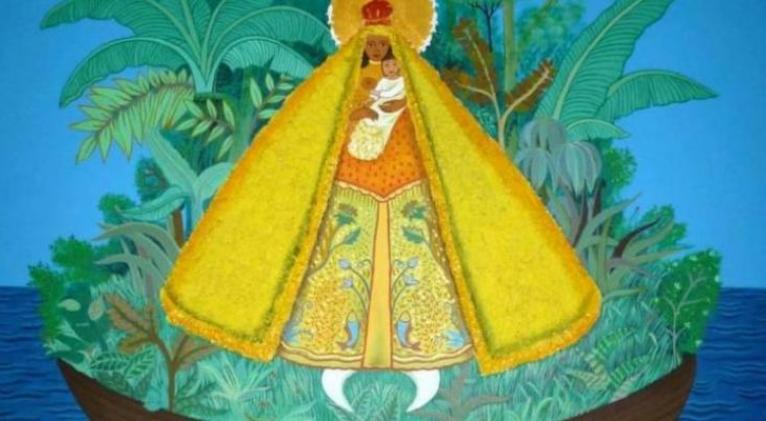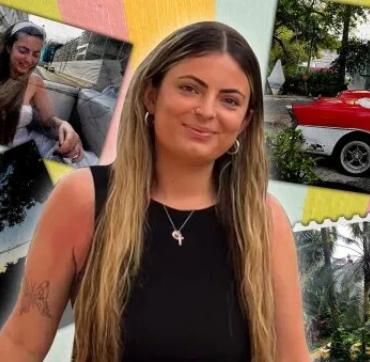The Virgin is Cuba: Mixed and Among Hurricanes
especiales

The day in Cuba today dawned different. And of course, the night for some has been one of sleeplessness, but a happy and respectful one of veneration, as people of all generations dedicate it to celebrating their Patroness, the one of this generous and rebellious island that embraced millions of sons and daughters. throughout the world, and to them as well, it extends that mysterious power with which it tries to never leave them alone.
Today it’s inevitable that people talk about the Caridad del Cobre, that in homes, streets, folkloric sanctuaries or Catholic churches, that in a little corner of the chest, in the mind, in a wallet or pocket, we have its image to know -at least- that it’s there and although some profess greater beliefs than others, it’s held in a special place, it’s talked about, asked for, or thought about.
And the Patroness of Cuba accompanied our mambi fighters in their fights in the Cuban jungle, she was among the black slaves who fled from their supposed masters and later they also raised the machete to defend their rights to be free and equal; our intellectuals and poets of all times wrote about her, they approach her from all manifestations of art, they ask scientists, athletes, teachers, dreamers and others not so much; she accompanies those who decide to emigrate from the country through the most diverse ways and many when they return, the first thing they do is worship her and thank her for them and their family.
It’s also true that it has a beautiful Sanctuary in Santiago de Cuba and that every September 7 a beautiful pilgrimage is carried out led by those who live in the surrounding area and to which people from all over the country and beyond join, but this day becomes -quietly or not - a tribute that in a certain way, each Cuban man or woman, makes in their own way, as if each one had their own Caridad del Cobre and in the most complex moments it seems to us that it’s necessary to turn to her to find oneself again.
It also happens in the dimension of the country , since it seems that she increasingly resembles Cuba, living among hurricanes and saving her children, giving them dignity and strength, seeing them as one, no matter where they are or where they go, as long as they are respect and protect themselves, take care of them, do not give in their essences and principles, the most sacred values that have brought us here.
That’s why on this day, I also extend my hug and dedicate my thoughts to the Cachita of Cuba, and I share with you, as a reflection, that masterful explanation that Dr. Eusebio Leal Spengler, historian of the City of Havana, gave us when on October 2011, he told us:
"Where? In Nipe Bay. Under what circumstances? In the middle of a storm. Who found it? Three. Where were they going? In a boat. What were they looking for? Salt, which is the salt of life, the salt of hope, the one that gives meaning to things. What did they find? A white dove. A sleeping girl. Where did they take her? To Hato de Barajagua. Where did they go? La Real, slaves of the King in the Copper Mines, near Santiago de Cuba. And here she became, a mulatto, the reality of our mestizo people. And that three Juanes found her, a white, a black and a Spaniard, or two transculturated Indians who already spoke the language, it indicates that the Virgin is Cuba, that the boat is Cuba, that we live in the hurricane and that in the boat there are the three bloods without which we cannot in any way explain this story".
Translated by Amilkal Labañino / CubaSí Translation Staff














Add new comment